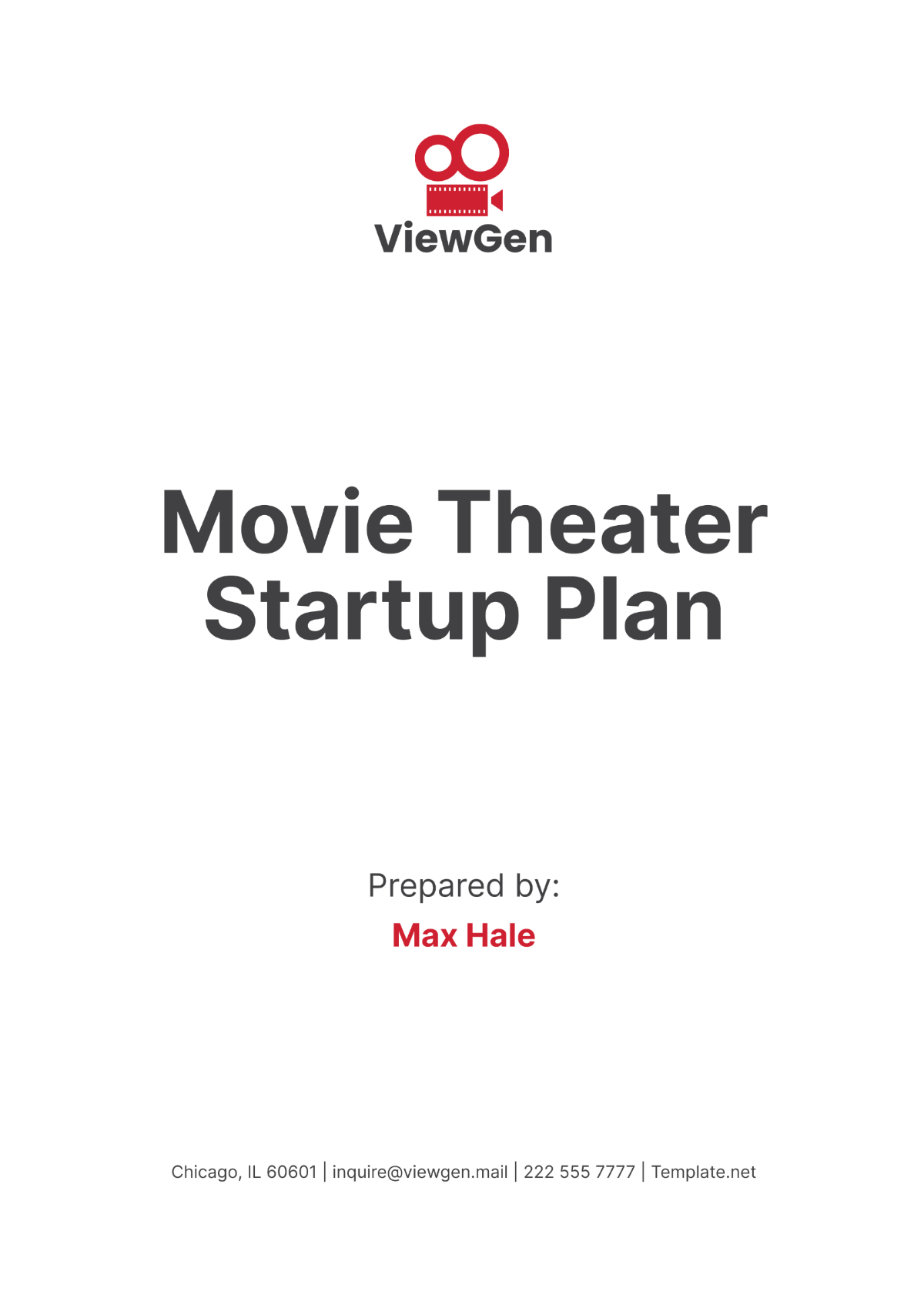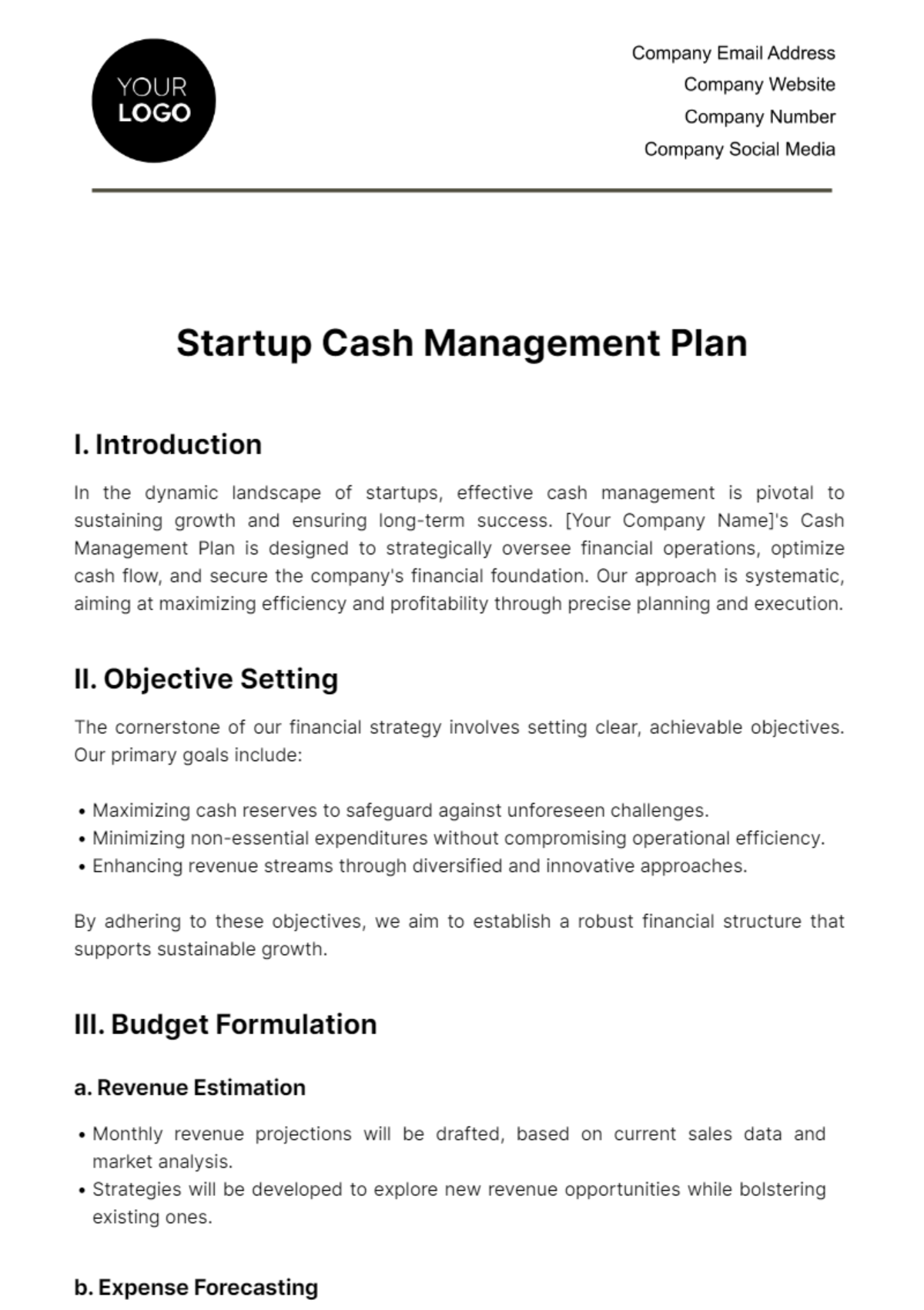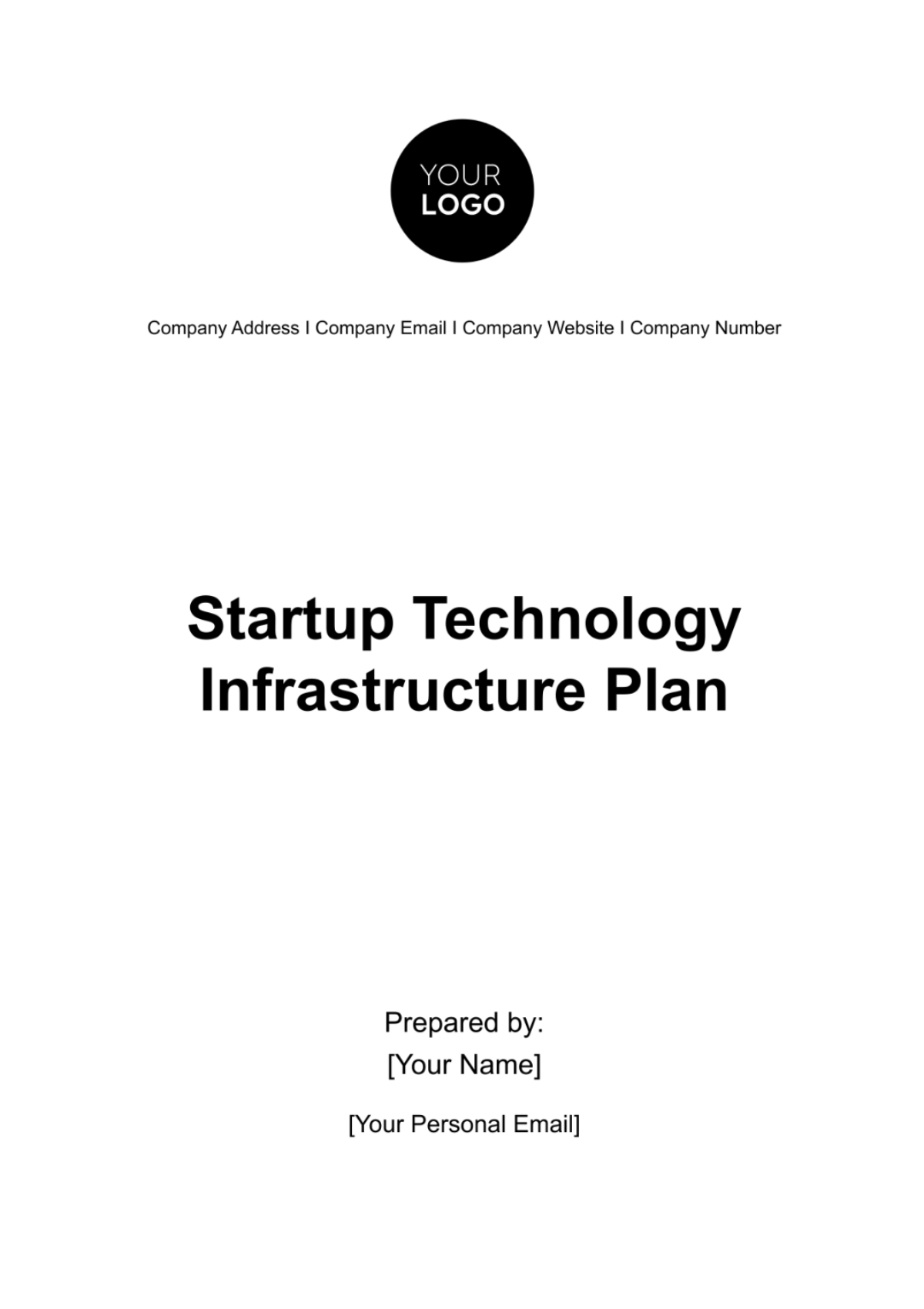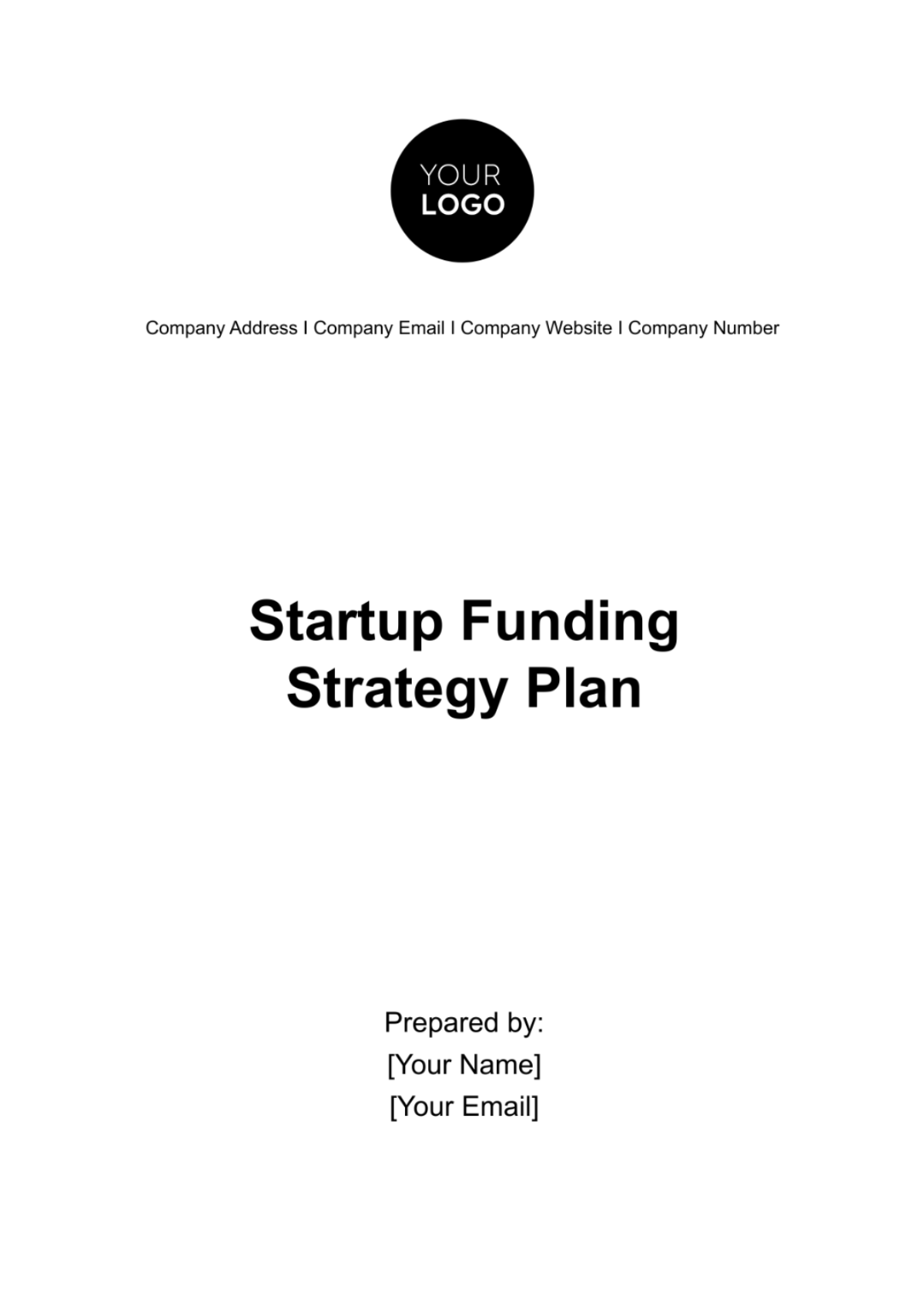Startup Recruitment Plan Design
Prepared by:
[Your Name]
[Your Company Name]
Overview
This Startup Recruitment Plan Design outlines the strategic approach and processes to attract, recruit, and hire top talent for the company. The plan is tailored to the unique needs and culture of the startup, ensuring alignment with organizational goals and long-term success.
1. Objective
The goal of this Recruitment Plan is to:
Identify the key roles needed to scale the business.
Establish a structured hiring process to attract high-quality candidates.
Create a recruitment strategy that aligns with the company’s vision and culture.
Ensure that recruitment efforts are cost-effective and efficient.
2. Recruitment Needs Assessment
2.1 Identify Staffing Requirements
Determine the number of new hires needed in the next 6–12 months.
Analyze current team capabilities and identify skill gaps.
Prioritize roles based on business needs and growth stages.
2.2 Key Roles
Tech Team: Developers, Engineers, Data Analysts.
Marketing: Digital Marketers, SEO Specialists.
Sales: Account Managers, Sales Representatives.
Operations: Customer Support, Logistics Coordinators.
Leadership: Department Heads or Managers (as needed).
3. Job Description and Specifications
3.1 Job Descriptions
Develop clear and detailed job descriptions for each role, including responsibilities, qualifications, and required skills.
Key responsibilities should include technical expertise for tech roles, strong communication skills for sales and customer-facing roles, and the ability to work in a fast-paced, startup environment.
3.2 Role Requirements
Minimum qualifications: Education, experience, skills.
Preferred qualifications: Specialized knowledge, industry experience, or certifications.
Cultural fit: Aligning with the startup’s values and work environment.
4. Recruitment Channels and Strategy
4.1 Sourcing Channels
Job Boards: Post openings on popular job platforms like LinkedIn, Indeed, and AngelList.
Social Media: Utilize LinkedIn, Twitter, and other platforms to attract candidates and build brand awareness.
Employee Referrals: Encourage current employees to refer candidates, offering incentives for successful hires.
Recruitment Agencies: Engage specialized agencies for hard-to-fill or senior roles.
Networking: Attend industry events, startup meetups, and tech conferences to meet potential candidates.
4.2 Passive Recruiting
Develop a talent pool for future hiring needs.
Use social media and professional networks to build relationships with potential candidates, even when not actively recruiting.
5. Interview and Evaluation Process
5.1 Interview Stages
Initial Screening: HR conducts phone interviews to assess basic qualifications and cultural fit.
Technical Interview: For technical roles, conduct coding challenges or problem-solving tests.
In-Person/Virtual Interview: The hiring manager and team members evaluate candidates' soft skills, problem-solving abilities, and compatibility with the team.
Final Interview: CEO or founders meet with candidates for leadership roles or to make final evaluations.
5.2 Evaluation Criteria
Skills and Experience: Assess technical and industry-specific skills.
Cultural Fit: Determine if the candidate shares the company's values and vision.
Potential for Growth: Evaluate the candidate’s ability to adapt and grow in a startup environment.
6. Onboarding Strategy
6.1 Onboarding Process
Pre-boarding: Share welcome packages and initial documents before the first day.
First Week: Introduction to the team, company culture, and operational tools.
Ongoing Training: Regular check-ins and continuous development to ensure smooth integration into the team.
6.2 Mentorship Program
Assign new hires a mentor to help them acclimate, answer questions, and provide guidance during their first few months.
7. Budget and Timeline
7.1 Recruitment Budget
Advertising and Job Board Fees: Allocate funds for posting job openings.
Recruitment Agency Fees: If applicable, budget for third-party recruitment costs.
Employee Referral Bonuses: Set aside a budget for rewarding successful employee referrals.
Hiring Costs: Travel, interview expenses, and other related costs.
7.2 Recruitment Timeline
Month 1–2: Role identification and job posting.
Month 2–4: Candidate sourcing, screening, and interviews.
Month 5: Final evaluations and offer extension.
Month 6: Onboarding and integration into the team.
8. Performance Metrics
8.1 Recruitment Metrics
Time to Hire: Track the average time from job posting to offer acceptance.
Cost per Hire: Calculate the total recruitment costs divided by the number of hires made.
Quality of Hire: Measure the performance of new hires in their first 6 months.
Offer Acceptance Rate: Monitor how often offers are accepted by candidates.
Employee Retention: Track the retention rate of new hires after 6 months or 1 year.
9. Continuous Improvement
9.1 Feedback Collection
Regularly gather feedback from candidates, hiring managers, and employees to improve the recruitment process.
Survey new hires about their onboarding experience.
9.2 Process Refinement
Adjust sourcing methods, interview techniques, and onboarding processes based on feedback and performance data.
Conclusion
The Startup Recruitment Plan Design aims to establish a clear, structured, and efficient process for building a talented team that aligns with the startup’s goals. By identifying key roles, defining clear job descriptions, utilizing multiple recruitment channels, and maintaining a strong focus on cultural fit, this plan ensures the recruitment efforts are effective and sustainable for the long-term growth of the startup.


























